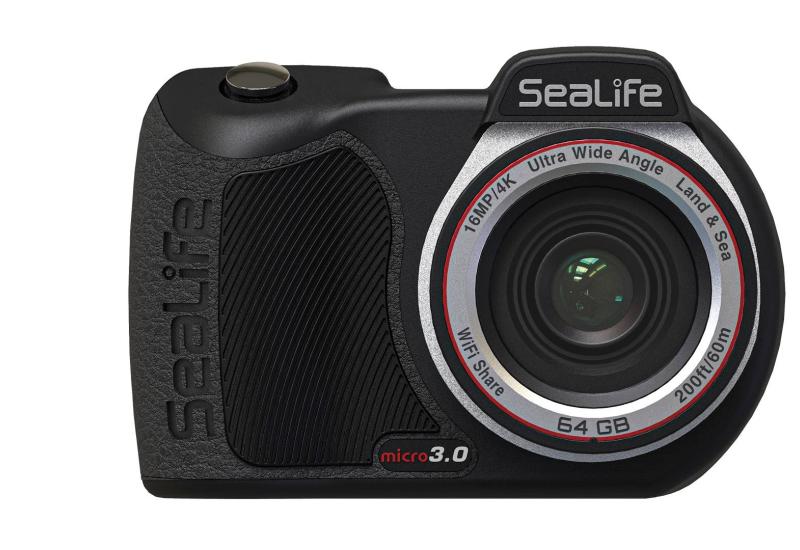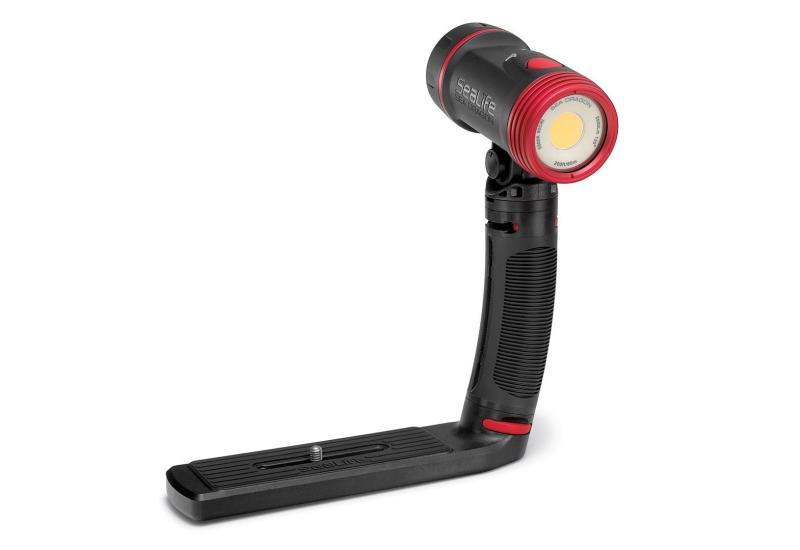Three Unusual Wide-Angle Underwater Photography Tips
Wide-angle photography underwater is seen by some as very easy and by others as very difficult. Regardless, there are many things to think about when creating a great wide-angle photo. In this video tutorial and article, we go beyond the basic recommendations and look at some essential tips for improving our photos.
1. Balance in the Frame
Good photo composition leads the eye into and around the frame. When a compositional element is misplaced in the frame, it queues an unsettled feeling in the brain. Every once in a while this is the intention behind an image, however, the most common compositions are well-balanced and pleasing to view.

Brent DurandBalance in the frame can be achieved several different ways.
Balance in the frame can be achieved with layers, multiple subjects of interest, color contrasts, lines, patterns, interactions between subjects/objects and much more. The balance helps keep the viewer’s eye moving within the frame and away from those unsettled feelings. Combine this with Tip #3 and your compositions will suddenly become very strong.
2. Master Your Exposure

Brent DurandEliminate hotspots in your photos by understanding your light sources and how to position your strobes.
It can be said that exposure is everything with underwater photography. Wide-angle shooting is complicated because we have two different sources of light to consider in most shots: ambient light and artificial strobe light.
In composing a wide-angle scene, we will meter for the ambient blue water and then work on lighting the subject with our strobes. The exposure level indicator can be used for metering the water, and the histogram can be used for dialing in strobe power levels while reviewing images. Strobe positioning is critical here in order to expose the scene while avoiding hotspots and strange angles of light.
Master these exposure variables and not only will you be creating WOW images, but you’ll minimize the need for hours of post-processing on the computer.
3. Find a Strong Subject

Brent DurandMake sure to always look for a strong subject when setting up your wide-angle photos.
Take a look at your favorite underwater images. You’ll likely see a very strong subject that is prominent in the frame. It might even have a strong color contrast with the background water or reef scene.
Choosing a strong subject is essential for wide-angle photography because that is what a viewer sees first in your composition. It hooks them, makes them pause, and hopefully leads them into the rest of the scene.
I’m constantly looking for these strong subjects when diving with my wide-angle lens. Once you start seeing the reef through these “photo eyes” you’ll naturally start pre-visualizing your next photos.
Brent Durand is a professional writer and underwater photo instructor. Find his in-depth video tutorial series at tutorials.brentdurand.com.
MORE
• 3 Unusual Macro Photo Tips
• How to Choose the Best Underwater Camera Gear











